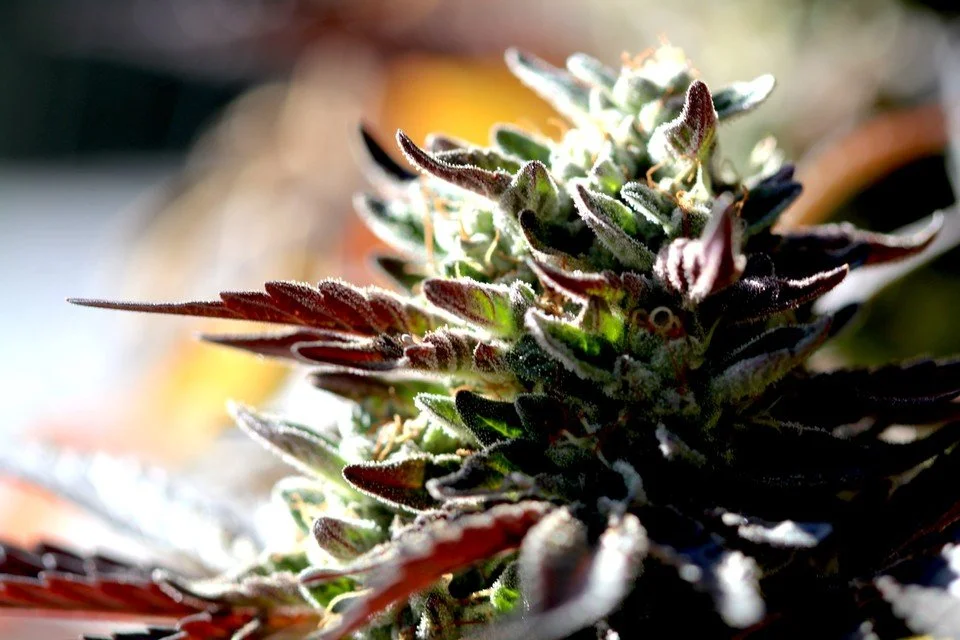While winter brings some time for rest and recovery, for those involved in year-round cultivation, the new season brings added complexities for growing cannabis. The plant is thought to have evolved about 28 million years ago on the eastern Tibetan Plateau, which is home to extremely cold winters. While cannabis can grow in the winter, taking some extra steps to support your greenhouse cannabis cultivation can certainly help.
What About Outdoor Cannabis Cultivation?
For optimal growth, most cannabis varieties, particularly sativas, prefer warm weather with plenty of sun and adequate humidity. In many areas of the US, these conditions don’t describe a typical winter. That said, indoor cannabis cultivation is the only worry-free winter method, with a greenhouse with LED lights as a close second.
This also makes an outdoor winter grow nearly impossible, which is why many farms will instead use the fall and winter season to plant a cover crop or, if using the hugelkultur method, add more layers to build the soil. After the October harvest, the winter can be used to prepare for the next season.
Growing in Climate Controlled Greenhouses
As a general rule of thumb, temperatures below 15℃ (59℉) will impact root health and seriously compromise plant growth. Temperatures below freezing often translate into plant death. If you don’t live in an area that can pump out steady temperatures of 20-25℃ (60-77℉), you’ll likely see diminished productivity.
Similarly, winter’s increase in rain and humidity provides the perfect conditions for diseases, pests, and mold. Especially during the seedling phase, exposure to snow or consecutive rainy days could be a big problem for your plants. This makes greenhouse cannabis a safer option for keeping plants happy and healthy during the cold and wet winter months.
It’s best to equip a climate-controlled greenhouse with long-lasting, energy-efficient LED lights, a heating system, and a dehumidifier. While the sun’s light will provide some heat, heating equipment will ensure that your plants thrive in the cold winter nights. Since open vents cause heat loss during the winter, a dehumidifier provides the best way to prevent humidity spikes, problematic condensation build-up, and potential susceptibility to fungi and mold.
Before the mercury really drops, take some time to:
Check that all of your equipment is working.
Inspect your greenhouse to see if there are any leaks (commonly found around joints, doors, windows, and vents).
Add insulation or thermal screens for extra efficiency.
Consider supplementing heating and dehumidification by using a fan to promote proper air circulation.
For some, the cost of propane or electricity may be too expensive. In this case, the winter can be spent taking a break or preparing for the next season.
Preparing for Next Season
Unless you’re focused on preparing cannabis farm for winter harvest, the winter can be used as a time to focus on next year’s harvests. Use the season to:
Clean up, sanitize, and winterize growing materials and equipment.
Re-evaluate strains and select next season’s varieties.
Prioritize the health of your mothers by providing them with essential nutrients.
Stay on top of integrated pest management and weeds by doing prescribed burns or using hungry goats instead of herbicides.
Take some time to research new smart farming techniques.
Pre-order supplies, taking advantage of some suppliers’ winter discounts.
Ensure that you’re up to date with waterboard compliance.
Ultimately, winter is the best time to take a breather. Producing SIMPLY CLEAN certified craft cannabis is no walk in the park, and we all deserve a break every now and then.
While we may use the winter to slow down a little, you can use it to get ahead of the 2023 game by setting up a wholesale account today. We’ll keep you in the loop on available inventory so that you’ll be ready to access the highest quality bulk cannabis on the California market.

